The transport and heating sectors are not part of the EU emissions trading so far. To enhance the efficiency and effectiveness of climate policy in Europe and Germany, the German Climate Cabinet has now defined integration into the EU Emissions Trading System (ETS) as a medium-term goal, with a national carbon pricing as an interim solution. Integrating additional sectors into the EU ETS will inevitably raise distributional issues among member states and affected industries. A new study by the Berlin-based climate research institute MCC (Mercator Research Institute on Global Commons and Climate Change) investigates how, in the past, the interests of countries and companies have been balanced and how appropriate support was built in the setup and in the subsequent reforms of the EU ETS. It was recently published in the renowned journal Environmental Politics.
According to the study, since the introduction of the EU ETS in 2005, three instruments have ensured political viability: first, rules for the distribution of emission allowances between countries that effectively act as intergovernmental transfers; second, rules for the domestic use of these revenues, which consider different circumstances in the member states; and third, provision of free allowances to specific industries. Since then, these policy levers were readjusted several times. Even in the fourth trading period of the EU ETS (2021 to 2030), almost half of the certificates will still be allocated to companies free of charge; the rest will via various mechanisms go to the member states, who auction them off. At least 50 per cent of the revenue from these auctions must be used for “climate and energy-related purposes”.
“Germany eventually wants to mitigate emissions from transport and heating within the framework of EU emissions trading – and our study provides indications on how this can be politically implemented” explains Marcel Dorsch, doctoral student at MCC and lead author of the study: “The first step is to ensure that the emissions trading system is instituted in the first place and that it is politically acceptable. The level of ambition can then be raised in additional steps.” After all, according to the current design of the EU ETS, carbon emissions in the covered sectors would fall to zero by 2057 – provided the EU member states’ support for the instrument does not crumble.
The total annual value of the certificates, currently about 40 billion euros, is expected to continue to rise and might peak in 2039 at about 70 billion euros. “The consequences for distribution will certainly be the subject of a heated debate,” the study says. For example, in order to boost increasing investments in green technologies, politics could increase financial assistance – while gradually reducing compensation of emission-intensive companies in the long term, depending on the development of international competitive conditions. With that in mind, it would seem sensible to refine the allocation of certificates and the use of funds in the run-up to this revenue boom: the rules of the EU ETS should continue to provide political backing in the future, but should offer even more incentives for decarbonisation.
Reference of the cited article:
Dorsch, M.J., Flachsland, C., Kornek, U., 2019, Building and enhancing climate policy ambition with transfers: allowance allocation and revenue spending in the EU ETS, Environmental Politics 0, 1–23
https://doi.org/10.1080/09644016.2019.1659576
Contact:
PIK press office
Phone: +49 331 288 25 07
E-mail: press@pik-potsdam.de
www.pik-potsdam.de





